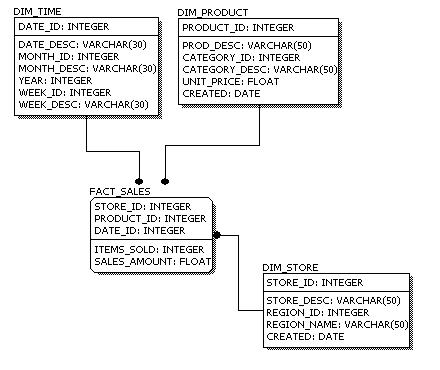AdBlock Detected!
Our website is made possible by displaying ads to our visitors. Please supporting us by whitelisting our website.
Physical Data Model |
Physical data model represents how the model will be built in the database. A physical database model shows all table structures, including column name, column data type, column constraints, primary key, foreign key, and relationships between tables. Features of a physical data model include:
The steps for physical data model design are as follows:
The figure below is an example of a physical data model.

Comparing the physical data model shown above with the logical data model diagram, we see the main differences between the two:
Our website is made possible by displaying ads to our visitors. Please supporting us by whitelisting our website.